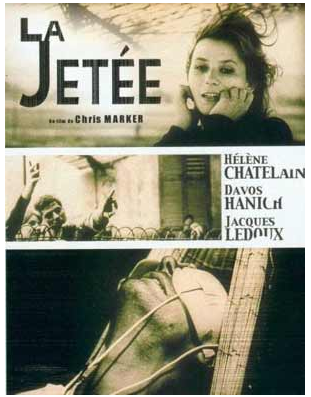Here’s a ramble about the convergence of ‘still’ photography and video:
We often seem to define our selves (and if artists, define our artistic practice) by the limits of what we do. Perhaps this helps us to maintain a coherent sense of our own personal identities. At one (and quite recent!) time , statements like: “I’m a painter (or writer/musician/filmmaker/photographer/etc” had a fairly precise meaning, and gave the listener a clear idea of what the speaker does (and doesn’t) do.
In the contemporary world where information records and transfers (and many apparently ‘material’ artefacts) have largely become digital objects, such clear and narrowly defined categorisations of artistic practice are becoming meaningless.
At one level this is now pretty obvious to pretty much everyone. At the extreme, if all information has just been transformed into binary data, if it’s all been reduced to (and expressed through) ones and zeros, well then it’s all fundamentally interchangeable, isn’t it? This is the simple underlying principle of digital convergence, but it becomes more interesting when it is applied to actual categories of media.
So, in the example I have been pondering recently: once upon a time a photo was a still image and a film was a moving image, each with their own production technologies, conventions, limits, possibilities, and visual aesthetic. Photos were printed on paper and films were projected onto a wall or TV screen. Not any more!
Isn’t a film really just a series of still images displayed in succession (at 24, 25, 30 fps or whatever), too fast for human perception to isolate the individual images? What happens when a series of related ‘still images’ are displayed consecutively in sequence, like in a slideshow? With an audio soundtrack? At what rate of transition (e.g. in time-lapse photography) does it become a video? Does application of the ‘Ken Burns’ pan-and-zoom effect during a slideshow turn it into a motion picture? Digital technology has made this stuff easy, even routine.

Chris Marker’s wonderful short film La Jetée (1962) was amongst the first creative works to ask these sorts of questions. The film (and it was made as a film in those pre-digital days) consists almost entirely of several hundred photographs displayed in sequence, with an audio narration of the story over the top (I say ‘almost’ because he has sneakily inserted a couple of seconds of moving picture at one key point in the story). Despite being made up of photos, it imparts a quite detailed plot, shows the passage of time, has character development, and shows physical movement at key moments – such as in the final scene where the central character runs across the viewing platform at Orly Airport. Each of these elements used to be the exclusive domain of the ‘movies’.
So, is Chris Marker (who BTW is still being creative and innovative at age 90) a ‘photographer’ or a ‘film-maker’? What about the countless people now doing similar work, aided by sophisticated digital toolsets? Alternatively (for a different example), is an artist working in 3-dimensional digital spaces a ‘sculptor’? The convergent force of digitisation has blurred the ‘traditional’ categories of artistic practice for all time, and made such questions irrelevant.
